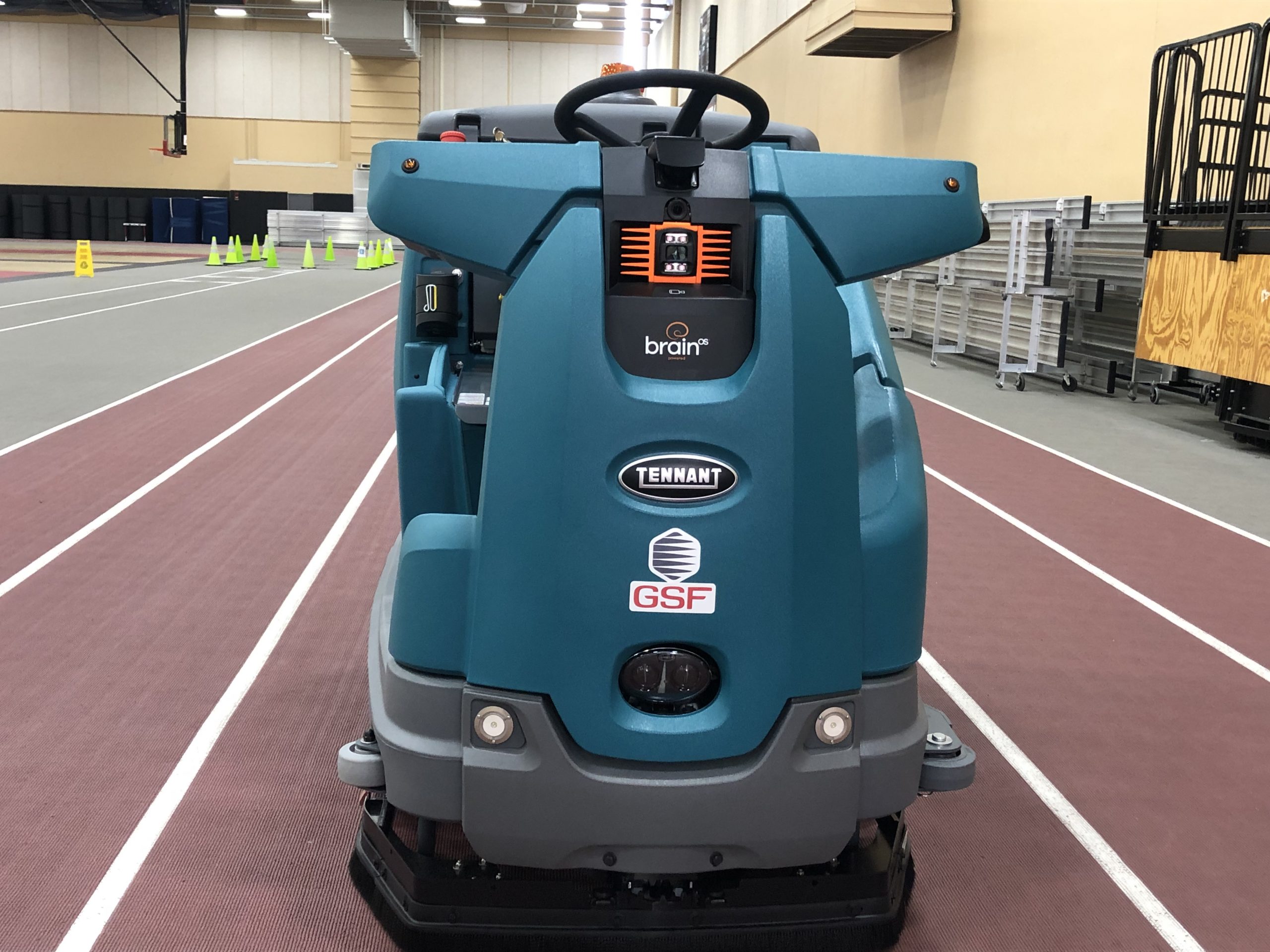During the COVID-19 pandemic, facility managers have had to determine how best to disinfect the buildings they oversee. Some facilities remained open to the public and required frequent cleaning and disinfecting to address pathogens and instill confidence among the public. While many buildings closed temporarily, like office buildings, sports stadiums and convention centers, facility managers must have a plan for disinfecting as these facilities reopen for returning workers and scheduled events. Our considerations for disinfecting help facility managers identify solutions that meet their employees’ and visitors’ needs and enable more effective and efficient disinfection.
Disinfecting’s Role in Health and Safety
Cleaning is a necessary step for maintaining appearance in buildings because it helps remove soils from surfaces. Meanwhile, disinfecting is a method for maintaining health and safety. Disinfecting takes place after cleaning is complete. The process kills bacteria and fungi and inactivates viruses that can be transferred to people and make them ill. Some pathogens can live for hours or even days on surfaces like desks, phones, shopping carts, elevator buttons and more.
Regular disinfecting plays an essential role in upholding public health during a pandemic and even under normal conditions. In fact, disinfecting is frequently key to minimizing the scope and severity of outbreaks. The proper application significantly reduces the spread of germs that can cause SARS-CoV-2, influenza, norovirus, MRSA and other conditions. There are many different disinfecting solutions on the market, and different ways to apply these products. This can make facility managers’ roles even more complex.
Key Questions around Disinfecting Your Building
There are certain disinfecting considerations that every facility manager should review to maintain the safest buildings possible, including:
- Is your disinfectant safe? There’s a reason this consideration is listed first. It’s the most important because many new products and application methods have emerged and gained popularity during the pandemic. Your disinfectant must be safe for your employees, your surfaces, your environment and your facility’s visitors. Look for a solution that will not irritate eyes and skin, especially since employees will regularly use this disinfectant. The chances are that if the disinfectant is safe for cleaning professionals, it will be safe for those entering your building. The best disinfectants don’t leave residues behind that can damage surfaces or fragrances and fumes in the air that aggravate conditions like asthma and allergies. Safe disinfectants support good indoor air quality (IAQ) and public health. Those made from water, salt and electricity, referred to as electrochemically-activated solutions (ECAS), are not only safe for people, they are safe for the planet.
- Do employees know how to apply your disinfectant properly? Having the right products is critical, but so is using them correctly. When selecting a disinfectant and any non-traditional application equipment, like electrostatic sprayers rather than spray bottles, make sure that it will be easy to train employees to use these solutions. Employees will need to follow the manufacturer’s dwell time, or the time that the surface remains wet with the solution. Employees may also need to wipe the surface after the disinfectant is applied. In some cases, disinfectant will need to be applied more than once to keep the surface wet for the required dwell time. Adhering to these best practices ensures that the disinfectant can achieve its kill claims.
- What is the expiration date of your disinfectant? Products work best if they are used ahead of their expiration date. This will vary depending on the type of solution you are using. For example, ECAS are most potent in the first thirty days. For this reason, building service contractors typically install an on-site generator in the facility to create disinfectant on demand. While it’s likely that your employees will be regularly disinfecting and won’t be keeping products on the shelf for too long, some facilities have stockpiled disinfectants to avoid shortages that occurred early on in the pandemic. Always use a disinfectant that is closest to expiration before using newly purchased solutions. Consider organizing spray bottles in your janitorial closet so the products nearest to expiration are at the front and easily accessible.
- What is the anticipated frequency of disinfecting in your facility? The frequency of disinfecting is likely to fluctuate over time, given that cases of COVID-19 are declining in many areas, and winter typically brings an increased number of cases of cold and flu. Create a schedule based on factors like building occupancy figures, the number of days per week people will have access to the facility and the likelihood of illness transmission. This is typically higher in places like schools and healthcare facilities. Notify staff of their responsibilities and roles related to disinfecting and make them aware of changes in disinfecting frequency as soon as possible.
The Do’s and Don’ts of Disinfecting Your Building
When it comes to disinfecting, following best practices can lead to better results for your facility, cleaning staff and guests. Providing employees with safe, sustainable solutions is of the utmost importance. Equally crucial is training these cleaning professionals to correctly apply disinfectants, as products are the most effective when employees follow the manufacturer’s instructions. While different buildings will take different approaches to disinfecting based on foot traffic, cleaning schedules and other factors, it is necessary that facility managers have a clear plan in place for cleaning and disinfecting over the long term.
Don’t leave disinfecting to those who aren’t skilled to do it properly. At GSF USA, we have decades of experience cleaning and disinfecting. Contact us to learn more, and follow us on LinkedIn and Facebook for the latest company news.



